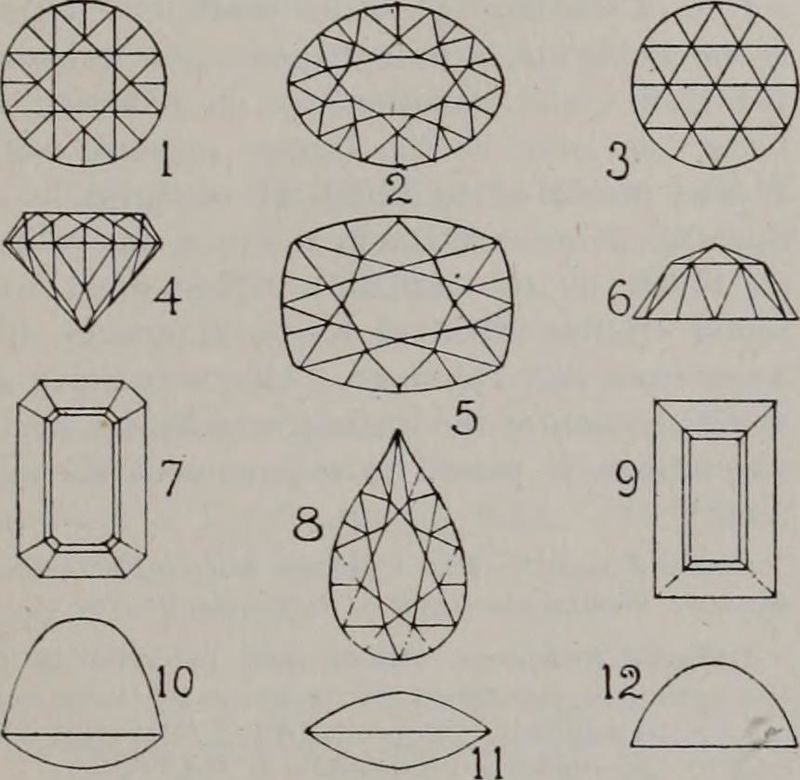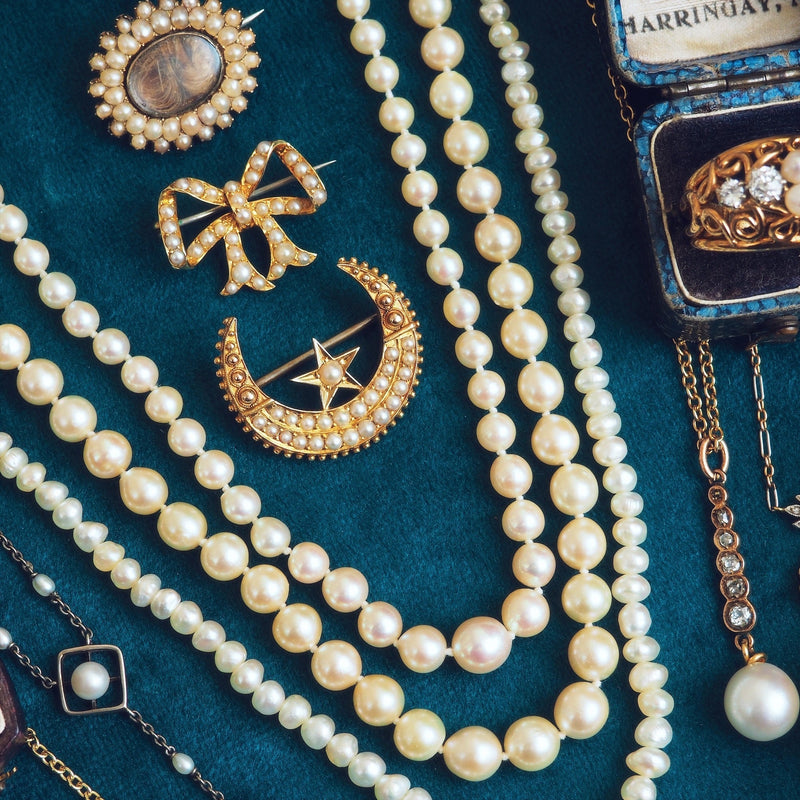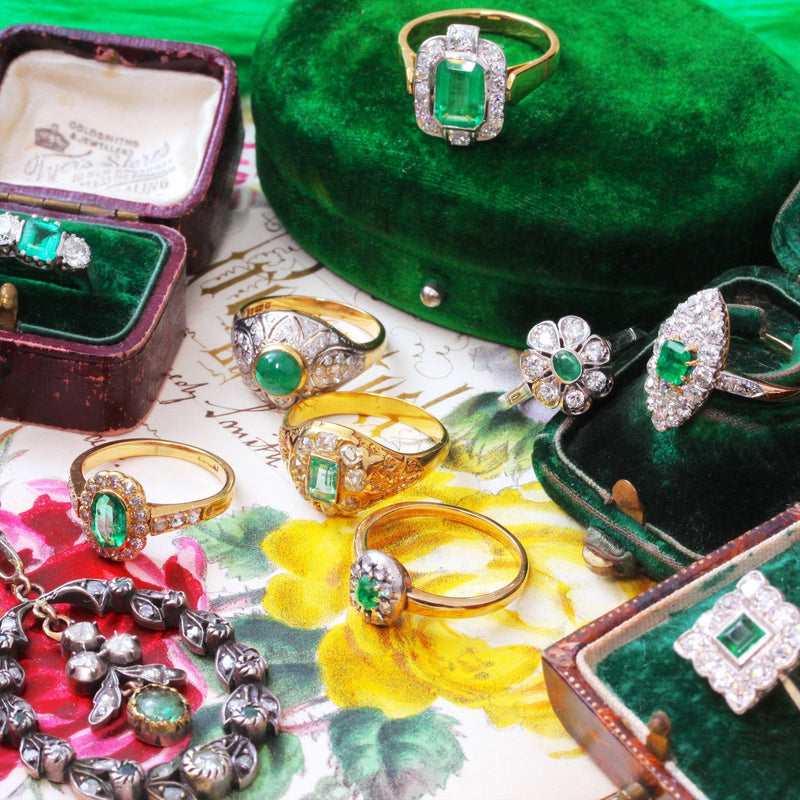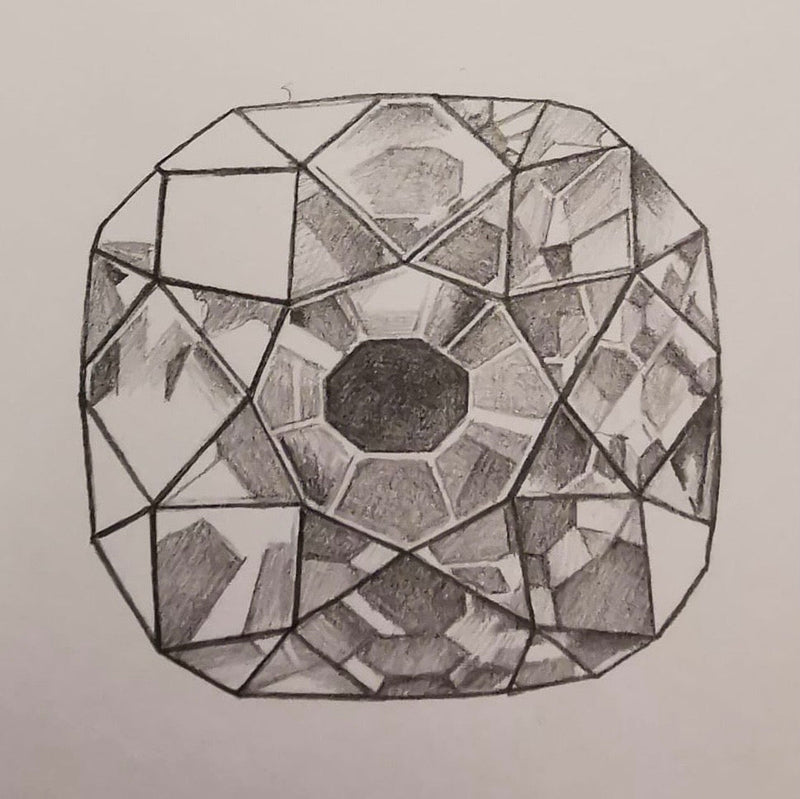
Laboratory created Diamonds are being marketed by many large and powerful industry businesses as an ethical mining free alternative to natural earth found Diamonds; unethical mining practices and the environmental impact are two major factors which concern customers and we have recently had a number of ours ask us about them. We thought we'd have a look at what the story is...
We think there are three main questions...
What are Lab Created Diamonds?
Lab Diamonds are created using 'seeds' from pre-existing Diamonds. The process used mimics that of traditional, mined natural Diamonds, which are formed deep in the earth’s crust, under conditions of heat and pressure and take billions of years to form.
As Brilliant Earth say;
'The primary difference lies in their origin: lab created Diamonds are grown in controlled environments, while natural Diamonds form naturally in the Earth's mantle. They are chemically, physically, and optically identical to natural Diamonds, with the same hardness, brilliance, and fire.'
There is a long history behind the creation and technology of Lab Diamonds, which began in 1772 when French scientist Antoine Lavoisier discovered that Diamond was an allotrope of the element Carbon. Scientists realised that if they could understand and replicate in an artificial setting how natural Diamonds form they may be able to grow synthetic Diamonds, and that a combination of heat and pressure were the key to success.
On December 16th 1954, H. Tracy Hall, a scientist working for General Electric Company, produced the first recorded and scientifically repeatable lab grown Diamonds. GE patented the process, and lab grown Diamonds flooded the commercial abrasives market, but it wasn't until the 1990’s that gem quality synthetic Diamonds began to appear commercially in the jewellery industry.

Nowadays, these Diamonds are made with cutting edge technology in factories (primarily in India and China) and can be graded and assessed by GIA and IGI to the same standards used for natural Diamonds and they form a small but rapidly growing percentage of the Diamond market as they are around 30-40% cheaper at retail.
The Ethical Credentials of Lab Diamonds
Initial industry analysis of the energy used to create these Diamonds compared to that used in mine extraction shows in favour of the Lab Created Diamond as does the environmental impact, but recreating the high pressure and temperature conditions found underground requires a great amount of energy and resources and their 'sustainable' credentials might not be quite as clear cut as advertised, that is until reliable renewable energy sources are used in their production, which it seems companies are working on.
Are Lab Diamonds good value?
As said, Lab created Diamonds are usually retailed at a cheaper price per carat than naturally mined Diamonds and so they are advertised as allowing the customer to afford a larger stone. But as there is no scarcity value it is supposed that they won't hold their value as they are not a finite resource.
'They are more affordable, but it is said by some that it is likely their value will not hold up over time and that their resale value is considered to be less. They will also never have the same rarity, uniqueness and meaning as a natural stone that was formed over billions of years deep in the earth.'
Recycled Diamonds vs Lab Created Diamonds

Most of the comparisons we've seen focus on newly mined vs lab created Diamonds. We'd like to propose that recycled vintage and antique Diamonds are the very best way forward.
Antique hand cut Diamonds which can be re-used and recycled time and time over (as jewellers have for centuries) are, we feel a far better alternative when considering both ethical and environmental concerns around choosing Diamond jewellery. Of course we would say so.... but to our mind they have an innate historical interest and being artisan worked, individuality and personality.
Whilst the message of Lab Diamonds is appealing, the truth is not quite so clear cut, is still developing and we feel that recycled Diamonds have a compelling story which is so much more than expected.
As they are part of a circular economy, there are absolutely no new resources used in terms of energy or mining when recycling vintage and antique Diamonds. It may be true that antique Diamonds have most likely been the product of historically questionable mining processes but the customer today can be absolutely 100% sure that there are no new exploitative or ethical concerns and to honour the originality and 'specialness' of these older and more unusual hand cut Diamonds is to pay respect to their history.
These old Diamonds will better hold their value which oft can be found in their scarcity; we particularly enjoy showing customers with a loupe the difference between varying cuts of vintage Diamonds and describing their evolution over the years. Customers are often surprised as many people think a Diamond is just a Diamond and they differ only in quality and price. But, the art of the antique Diamond is a much more subtle and interesting one, and a little 'story' can really add to the 'interest value'.
Further reading
All you need to know about antique cut Diamonds by Gardens of the Sun.
The value of Lab Created Diamonds by John Atencio.
Comparison of Natural, Lab and Recycled Diamonds by Lylie Jewellery.








